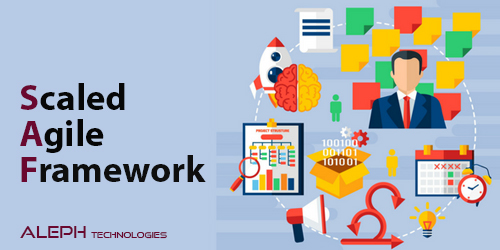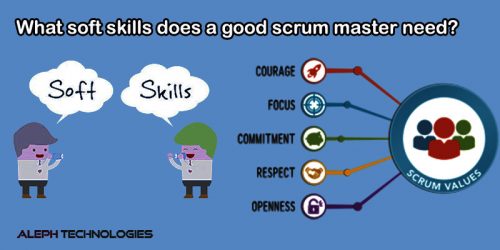Agile at Scale - Why Now? 🔄
Agile, introduced in 2001 in the Manifesto for Agile Software Development, challenges the traditional waterfall development model by offering an iterative and flexible approach to software development. Unlike the linear waterfall model, Agile allows for the creation and testing of small parts of projects simultaneously, leading to better alignment with customer feedback and needs. 💻🚀
Delivering Agile to the Next Level: Five Steps to Success
In my last post, I hinted at a broader application of Agile on the horizon. From government organizations to startups, the potential for Agile is immense. But how do we get there? In this series of posts, I'll dive deep into this exciting journey, breaking it down into five essential steps. 🚀
Upskilling and Cross-skilling
In today's rapidly evolving business landscape, agility has become the hallmark of successful organizations. To thrive in this dynamic environment, businesses must equip their workforce with the skills and adaptability necessary to navigate constant change. Two strategies that have emerged as indispensable in this endeavor are upskilling and cross-skilling. These approaches not only empower employees to meet the evolving demands of their roles but also contribute to the overall agility and resilience of the organization. Let's explore how upskilling and cross-skilling play a vital role in driving success in agile businesses.
Balancing Agility With Structure and Governance
In today's rapidly evolving business environment, organizations face the constant challenge of balancing agility with structure and governance. While agility empowers them to adapt quickly to changing market demands and innovate at a faster pace, structure and governance provide stability, mitigate risks, and ensure compliance with regulations. Striking the right balance between these seemingly opposing forces is critical for achieving sustainable success.
Understanding the Scaled Agile Framework (SAFe): Benefits, Challenges, and Implementation
The Scaled Agile Framework (SAFe) has emerged as a powerful tool for implementing lean and agile strategies across entire organizations or significant development entities. Widely adopted globally, SAFe has proven to be influential in enhancing competitiveness, productivity, and quality within IT development organizations. 🚀
Understanding Agile Leadership: Who Leads Agile Teams and Why?
Agile Leadership plays a crucial role in the success of Agile teams. In this article, we'll delve into who the leaders are in Agile teams and why their role is essential for driving adaptive and agile organizations forward. 🚀
Essential Questions Every Skilled Scrum Master Should Ask 🕵️♂️📝
Are you aspiring to become a proficient Scrum Master? Let's kick off with a fundamental checklist of key skills highlighted in LinkedIn research:
🚀 Top 10 Essential Soft Skills for a Successful Scrum Master: A Guide to Agile Leadership 🌐
The role of a Scrum Master in Agile is often misunderstood, and its significance can be underestimated by those new to the methodology. Beyond being just a Scrum coach, successful Scrum Masters possess a unique blend of domain knowledge, technical expertise, and crucially, soft skills. In this guide, we'll delve into the top 10 soft skills that differentiate outstanding Scrum Masters, making them invaluable to the success of Agile projects.
Navigating the Intersection of UX and Agile: A Winning Approach
Agile has become the dominant force in software development, offering an incremental approach and adaptability to changing requirements. However, integrating User Experience (UX) into Agile processes poses challenges, as the original Agile Manifesto primarily focused on developers. This article explores how UX and Agile can coexist effectively within an organization.
Unlocking Efficiency with Rapid Application Development (RAD) in Software Development
Explore the benefits of Rapid Application Development (RAD) and how it revolutionizes software development. Learn about the stages of RAD, from business and data modeling to application generation, testing, and implementation. Discover when to use RAD and its impact on project efficiency. Dive into a faster, more adaptive approach to software development with RAD.









